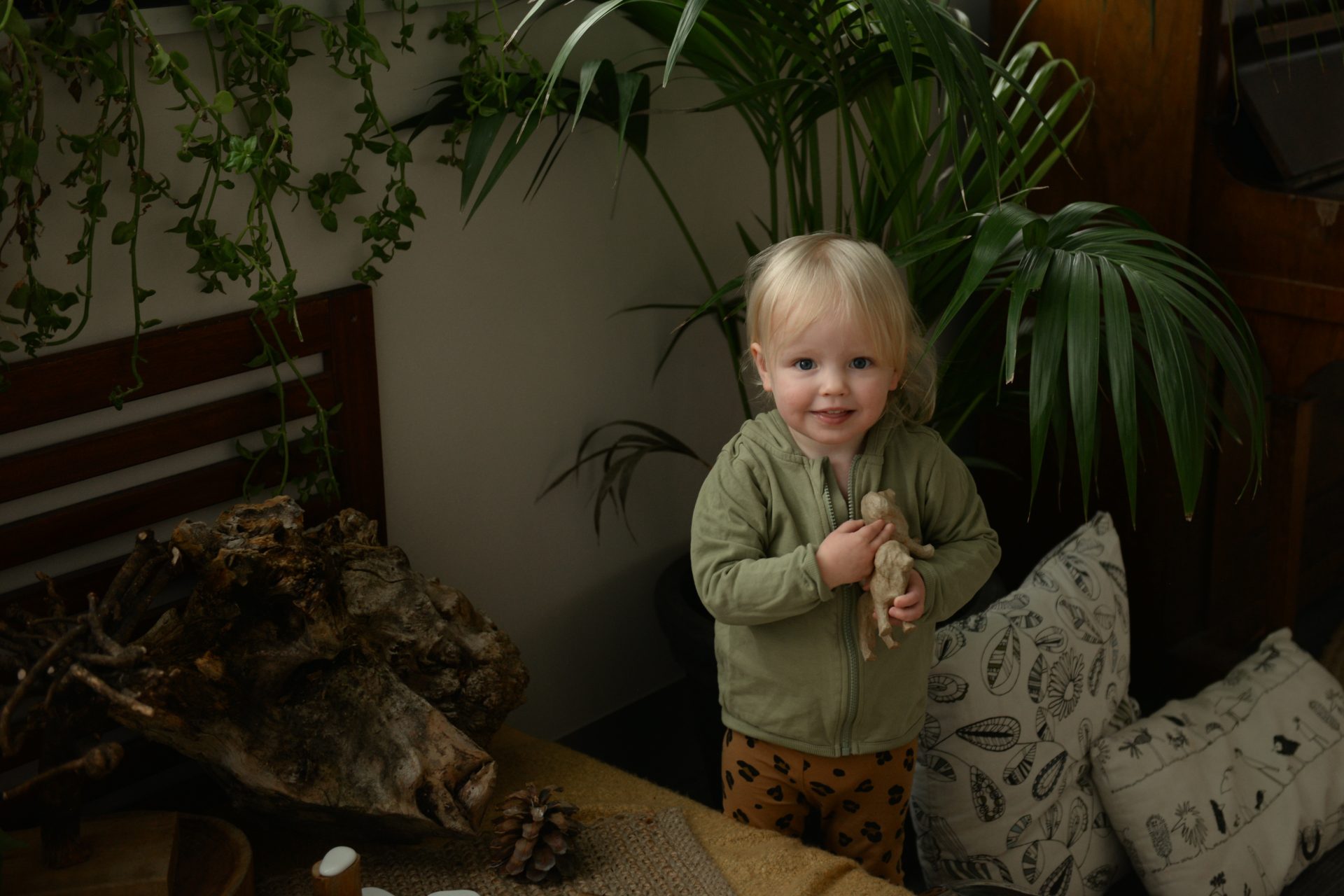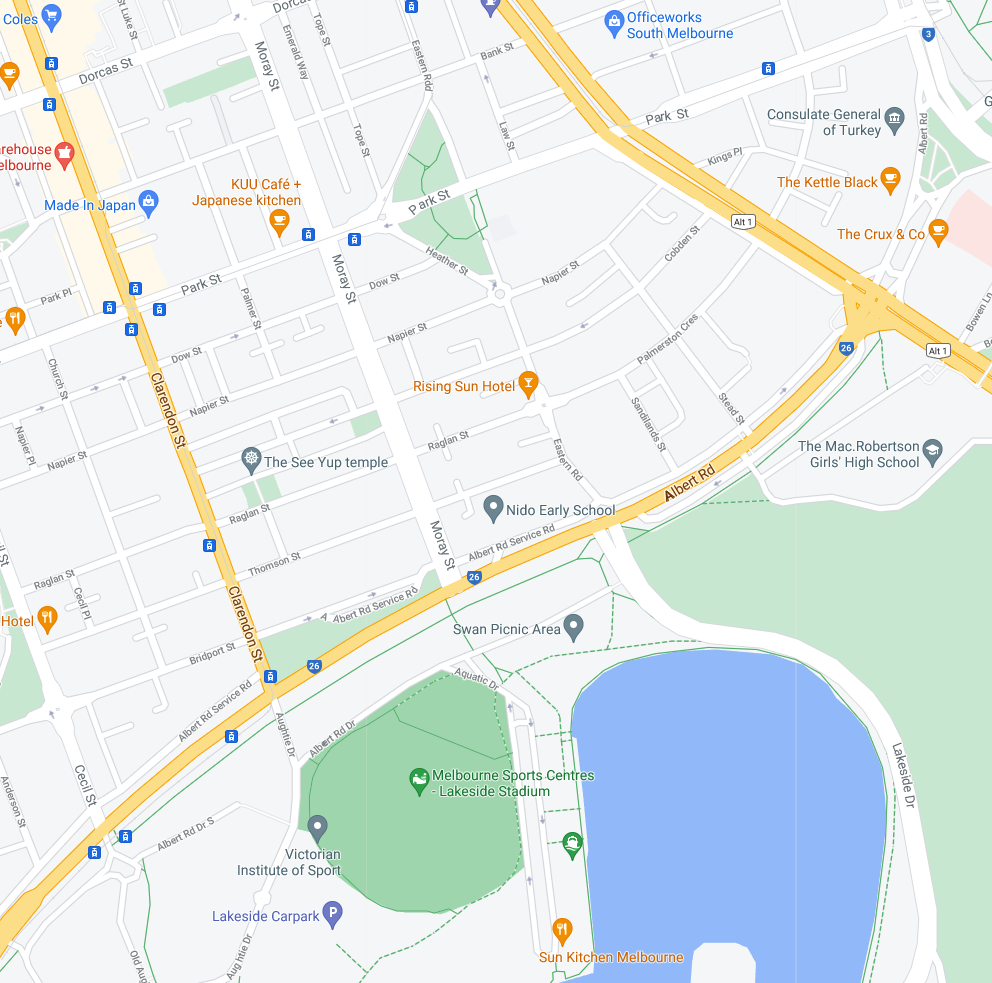
Beyond Words: What Are the ‘100 Languages’?
The concept of the ‘100 Languages of Children’ is a cornerstone of the Reggio Emilia approach. It refers to the countless ways children express themselves and make sense of the world around them. These ‘languages’ include not only spoken words, but also drawing, movement, music, storytelling, dramatic play, sculpture, dance and much more.
Children are natural communicators – they explore, represent and understand ideas through multiple forms of expression. The ‘100 Languages’ philosophy recognises that every child has a unique voice and that learning environments should provide space for those voices to be heard, seen and celebrated. Read more about how we support diverse expressions here.
Learning Environments That Encourage Expression
In a Reggio Emilia-inspired setting, the classroom is designed as a place of possibility. The physical space plays a key role in supporting the ‘100 Languages’. Classrooms feature natural light, open-ended materials and accessible spaces that invite exploration and creativity.
A light table might be used to explore colour, shape and shadow, allowing children to experiment and manipulate materials with fascination. The atelier – or studio space – becomes a central hub for painting, sculpting and mixed-media work, encouraging children to represent their ideas in tactile, expressive ways. Mirrors and fabrics invite sensory engagement, while natural objects such as shells, stones and leaves provoke curiosity and storytelling. Carefully placed provocations throughout the room are designed to spark wonder, encouraging children to observe, imagine and create.
Every corner is designed to offer opportunities for expression, problem-solving and communication. The environment becomes a third teacher, supporting children as they use different modes of learning to engage with the world. This approach also supports collaborative learning and social development among peers.
Expression as a Pathway to Learning
Children don’t separate learning from expressing. In fact, they learn through expression. When a child builds a tower and explains why it’s taller than yesterday’s, or draws a picture to show what made them happy that morning, they are processing complex ideas, emotions and connections.
The ‘100 Languages’ allow children to make sense of their experiences in ways that feel natural and meaningful to them. This fosters deeper engagement, confidence and ownership of learning. It also encourages critical thinking, collaboration and creativity.
Respecting Every Child’s Voice
Some children are verbal, others communicate more easily through movement, drawing or music. The Reggio Emilia approach values and respects all of these equally. Rather than expecting children to conform to one way of learning, it provides multiple pathways for success.
Educators in Reggio classrooms act as researchers and co-learners. They carefully observe how children interact with their environment, document their discoveries, and extend learning based on the children’s interests and modes of expression.
This responsive approach allows children to feel seen and understood, fostering a sense of belonging and agency.
Designing for Connection and Collaboration
Learning doesn’t happen in isolation. When children use the ‘100 Languages’ to share their thoughts, ideas and feelings, they also build relationships. Whether it’s a group mural, a dance performance or a shared construction project, these collaborative experiences build empathy and social understanding.
Classroom environments that encourage shared projects and multi-modal learning naturally support teamwork. Children learn to negotiate, listen, compromise and celebrate different perspectives. These are the very skills that lay the foundation for healthy social and emotional development.
What This Looks Like at Evoke Early Learning
At Evoke Early Learning, the ‘100 Languages of Children’ is more than a philosophy – it’s visible in everything we do. Our learning spaces are intentionally designed to support a wide range of creative, verbal, physical and visual communication. Educators document children’s voices through photos, learning journals and displays that honour their ideas.
Children gain confidence in their own expressive abilities as they explore a variety of materials, revisit their ideas and share their thinking with others. This builds strong communication and critical thinking skills, while fostering a deep and lasting love of learning.
We invite you to book a tour at our Albert Park or Clayton centres and experience firsthand how our environments and educators champion each child’s voice, creativity and development.

Tracey is a highly qualified educator and administrator and brings a strong combination of academic achievement, extensive work experience in the education and business sectors as well as drive and passion to her role as General Manager of Operations at Evoke Early Learning.
Tracey has a Master of Education and an Advanced Diploma of Business and holds VIT Dual Registration to teach in Early Childhood and Primary School settings. She’s also a VIT Trained Mentor Teacher and has worked in ECEC settings as a Director, Educational Leader and as a Victorian Senior Area manager. Her recognition as a state finalist in the recent Director of the Year Awards is testament to her achievements in the early education sector.
Her extensive work experience also included a stint as Head of Curriculum at the Royal Children’s Hospital Education Institute and positions as head of ICT at a number of large primary and secondary schools. Tracey is also experienced in not-for-profit sessional kindergarten settings and long daycare environments, so she has a deep understanding of what’s required to support the needs and expectations of young children, educators, parents and caregivers.
Tracey is responsible for operational management at Evoke Early Learning’s Clayton centre in Oakleigh East and their Albert Park centre in South Melbourne and is deeply committed to leading and driving effective and sustainable service delivery throughout the company.
Tracey is passionate about making a meaningful difference to young children, their parents and the wider community and under her expert guidance, Evoke Early Learning is continuing to raise the bar in quality early education and childcare.


